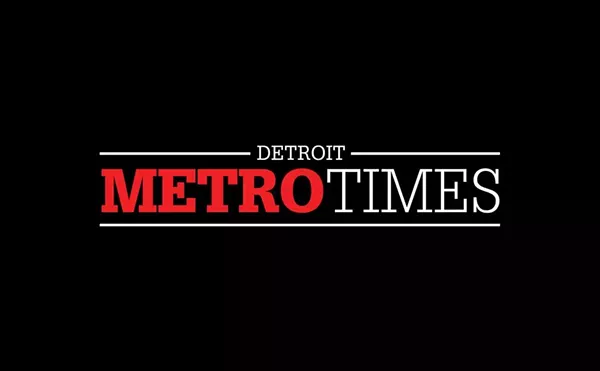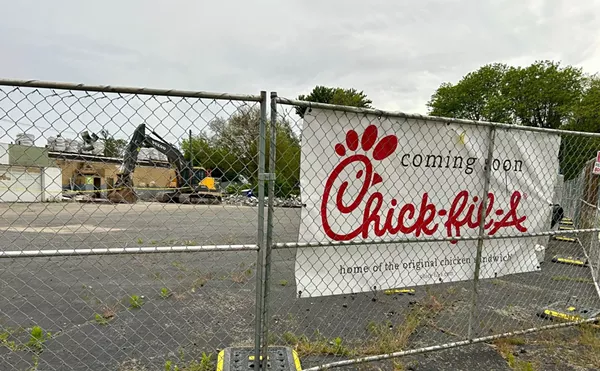
Audio By Carbonatix
[
{
"name": "GPT - Leaderboard - Inline - Content",
"component": "35519556",
"insertPoint": "5th",
"startingPoint": "3",
"requiredCountToDisplay": "3",
"maxInsertions": 100,
"adList": [
{
"adPreset": "LeaderboardInline"
}
]
}
]
Financial news for the Detroit Institute of Arts has been unusually positive as of late. An unprecedented donation totaling $50 million from three local philanthropists in April and the likelihood of a $35 million grant from the state last month were welcome news.
But if a recent assessment of the museum’s financial situation is correct, those jaw-dropping sums still fall far short of the cash infusion needed to put the DIA on a sound financial footing.
Jeffery Abt, a professor in Wayne State University’s department of art and art history, researched the history of funding and found that the DIA from its earliest years relied too heavily on government financing.
The formal transfer of fiscal responsibility to the Detroit Founders Society in 1998 highlighted the dilemma.
"The DIA is sailing in uncharted waters," Abt wrote in his report, published by the university’s College of Urban, Labor and Metropolitan Affairs. "No American museum of comparable size has attempted to shift the burden of such a large percentage of its operating costs from public treasuries to the private sector as the DIA has done since 1991."
"While the DIA’s operating endowment has grown in the past few years, it is $200-300 million short (depending on how future needs are projected) of the necessary size to yield sufficient annual revenues for a buffer against sudden changes in public or private support."
A $200 million endowment, Abt explained, would yield about $9 million in annual income according to most standard endowment investment formulas.





